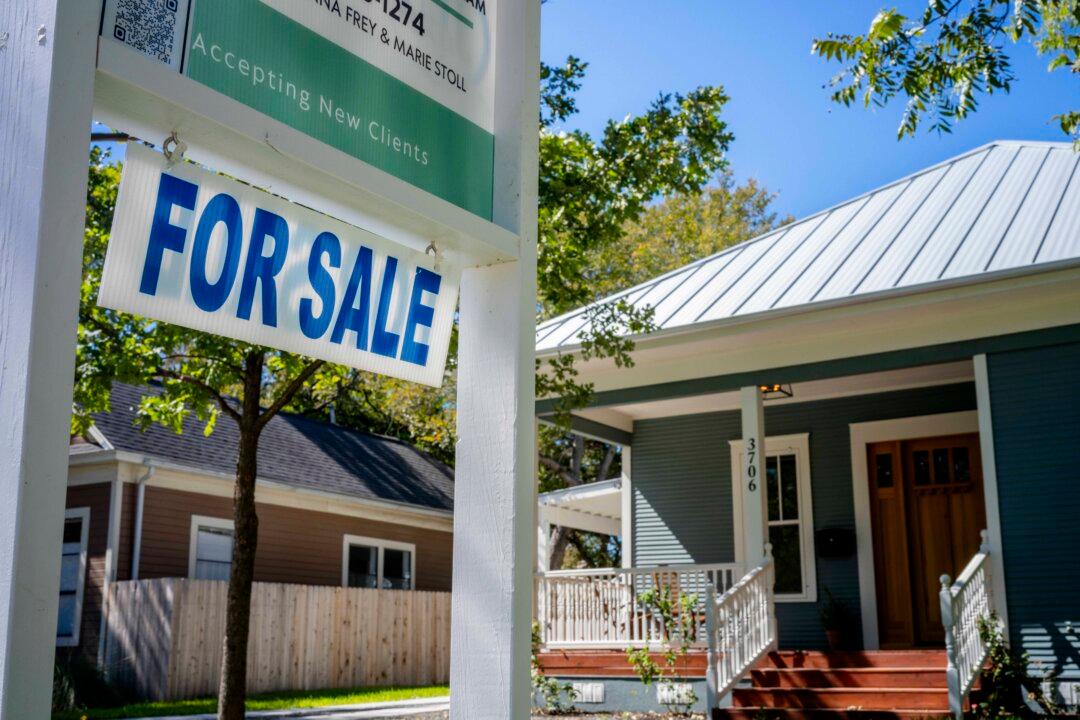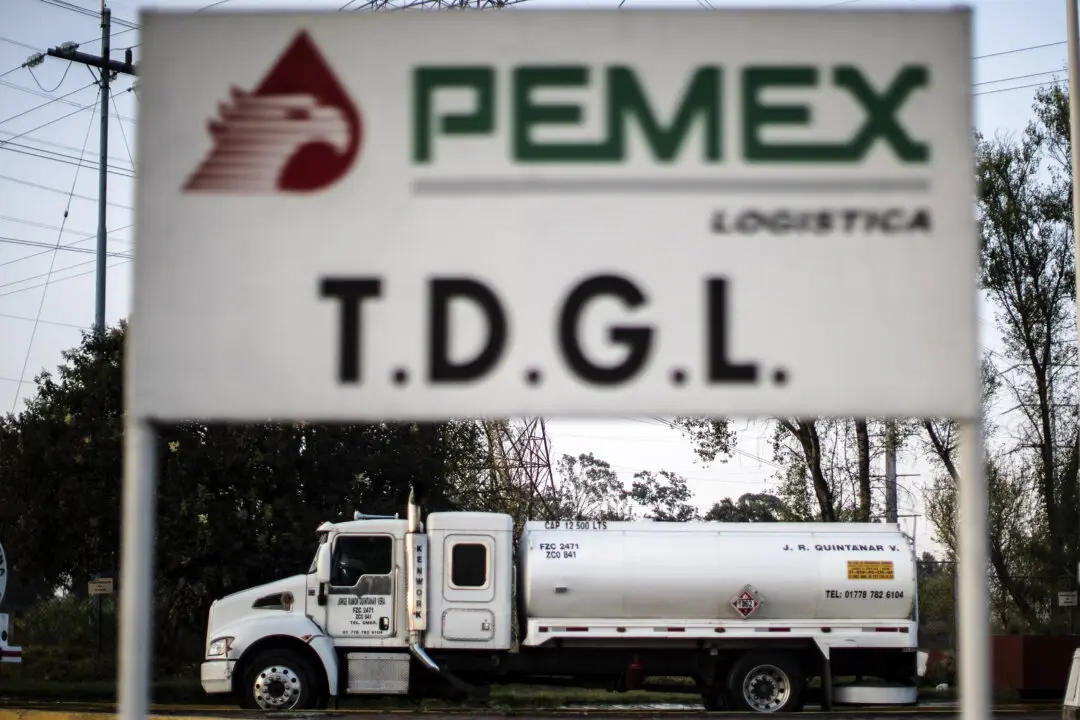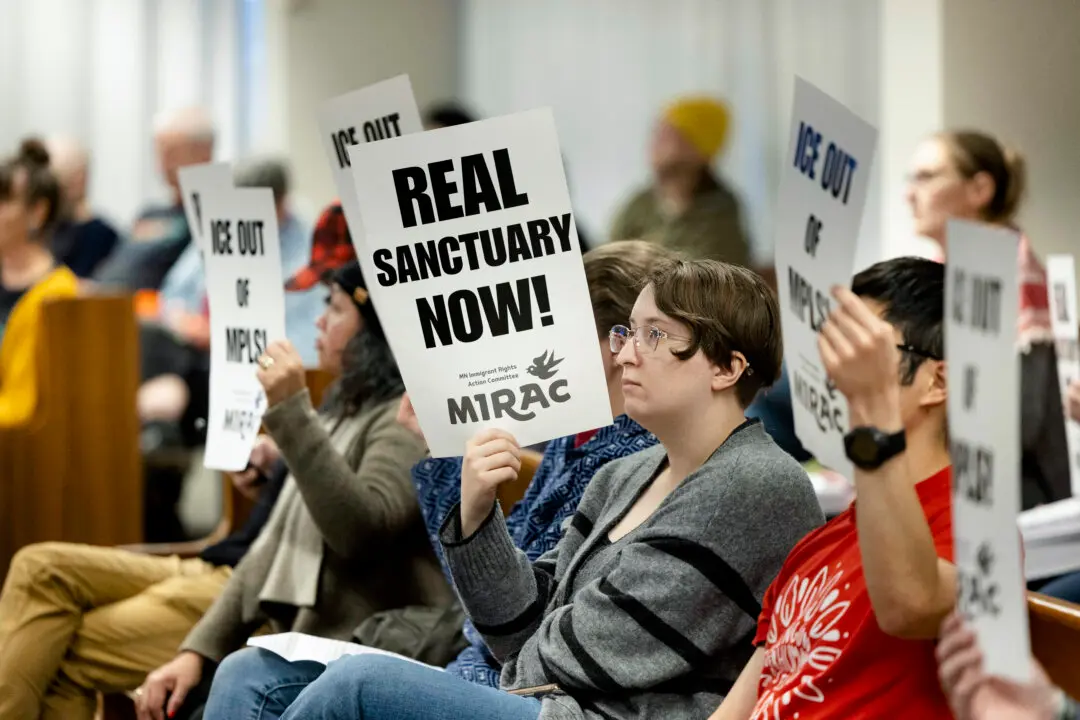The rate of homeownership in the United States remained steady in the third quarter of this year while the rate of vacancy crept up, according to real estate listings website Realtor.
In the third quarter, the homeownership rate came in at 65.6 percent, “the same percentage as last quarter and only marginally lower than the third quarter of last year at 66.0 percent,” according to a Nov. 1 report from Realtor. The rates of both homeowner and rental vacancies grew in the third quarter. The rental vacancy rate is the percentage of rental property units that remain unused, while homeowner vacancy is the percentage of empty houses in a region put up for sale.





